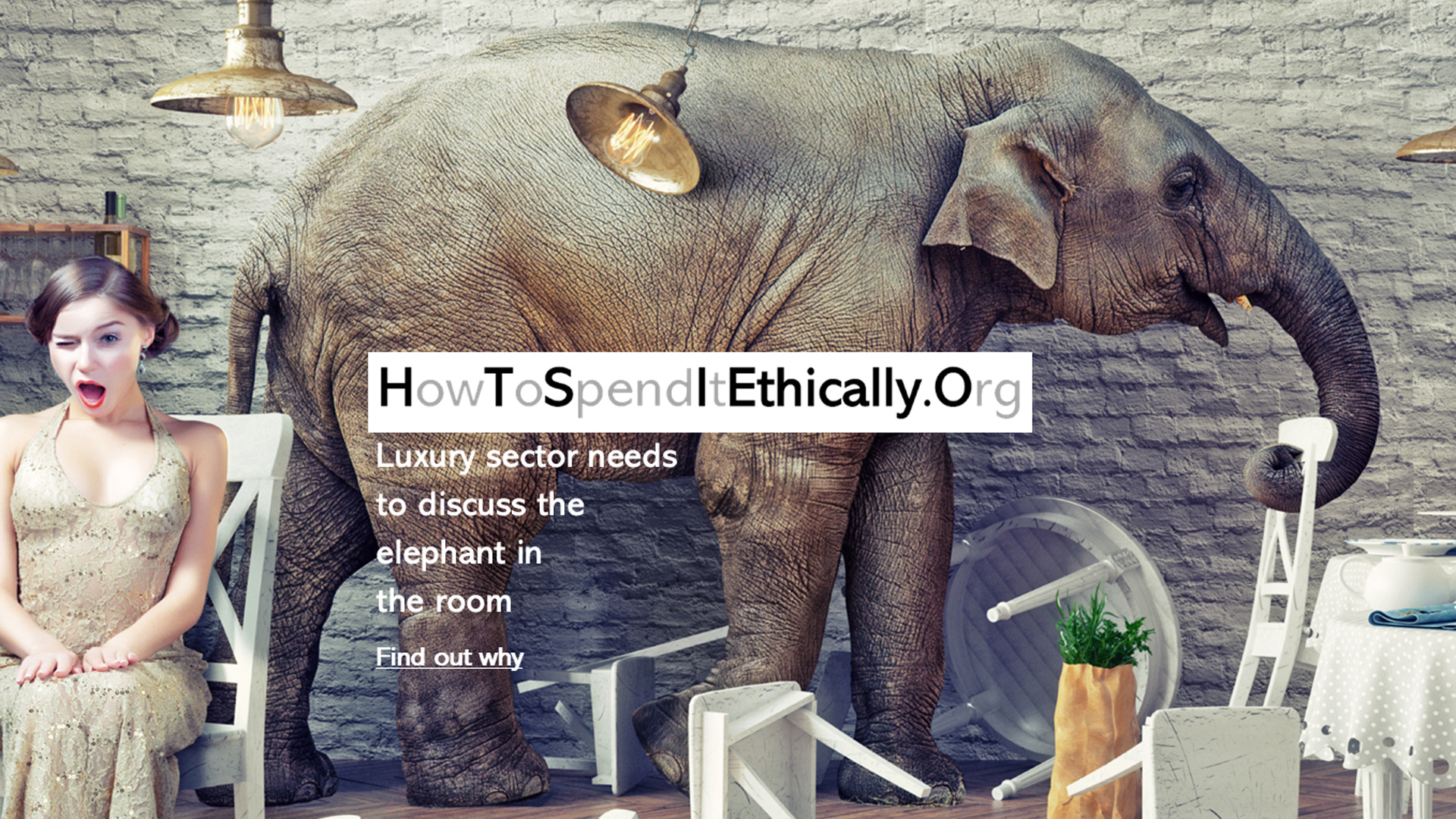HowToSpendItEthically.Org
I would like to introduce a new pillar to the Nature Needs More strategy – a new online magazine titled HowToSpendItEthically.Org: https://howtospenditethically.org/ We have created this online magazine, with articles primarily targeting the consumers of wildlife products, because there is nothing like it currently and there is an urgent need to educate consumers. For more than a year we have tried and struggled to get the mainstream media interested in investigating the legal trade in species, with very limited success. This seems incredible given the massive scale of this utterly destructive trade. We particularly tried to get coverage of the glaring mismatch between the vast profits made by business compared to the near-total lack [...]










